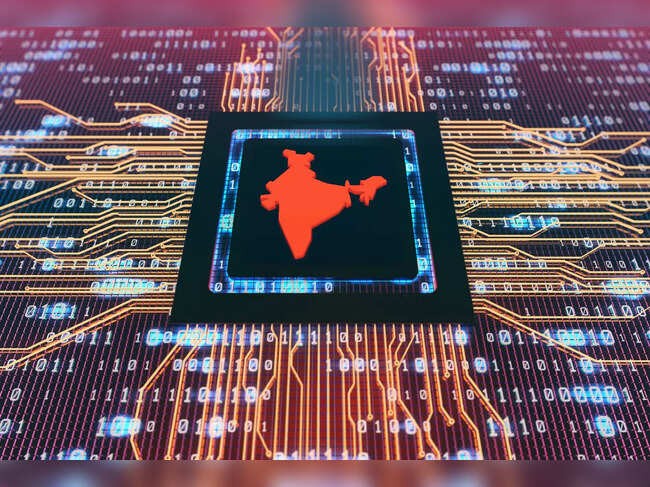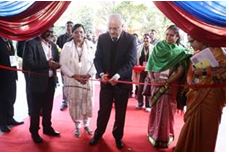



The Indian Institute of Creative Technology (IICT) in Mumbai, modeled on the IIT-IIM framework, aims to foster excellence in creative and digital industries. With ₹400 crore funding and global tech partnerships, it will nurture innovation, develop skilled talent, and boost India’s leadership in AVGC-XR and creative technology globally.

Copyright infringement not intended
Picture Courtesy: NEW INDIAN EXPRESS
The central government launches the Indian Institute of Creative Technology (IICT) in Mumbai to boost India’s creative and digital industries.
By modeling IICT after the Indian Institutes of Technology (IIT) and Indian Institutes of Management (IIM), the government aims to replicate the success of these institutions that have become global benchmarks in their respective fields. The IIT-IIM model has successfully:
Funding and Location
Industry Partnerships
Strategic partnerships with global technology leaders. These collaborations aim to bridge the gap between academic learning and industry requirements, bringing advanced technology and expertise to the institute.

During the WAVES 2025 summit, Microsoft, Google, and Meta signed a memorandum of understanding (MoU) with the Ministry of Information and Broadcasting, to help build IICT into a world-class institution.
Infrastructure and Facilities

Development Phases
Phase 1 (2025-2026): Commencement of operations at the interim campus at Bandra-Kurla Complex (BKC), Mumbai. Establishment of core infrastructure and initial academic programs.
Phase 2 (2026-2028): Development of the permanent 10-acre campus at Film City in Goregaon. Expansion of facilities, research capabilities, and program offerings.
Phase 3 (2028 onwards): Establishment of regional centers across India to ensure decentralized access and nationwide impact.
Must Read Articles:
India's Rise in the Orange Economy
Source:
|
PRACTICE QUESTION Q. Critically examine how the creative economy can act as a catalyst for inclusive growth in India. 250 words |








© 2025 iasgyan. All right reserved